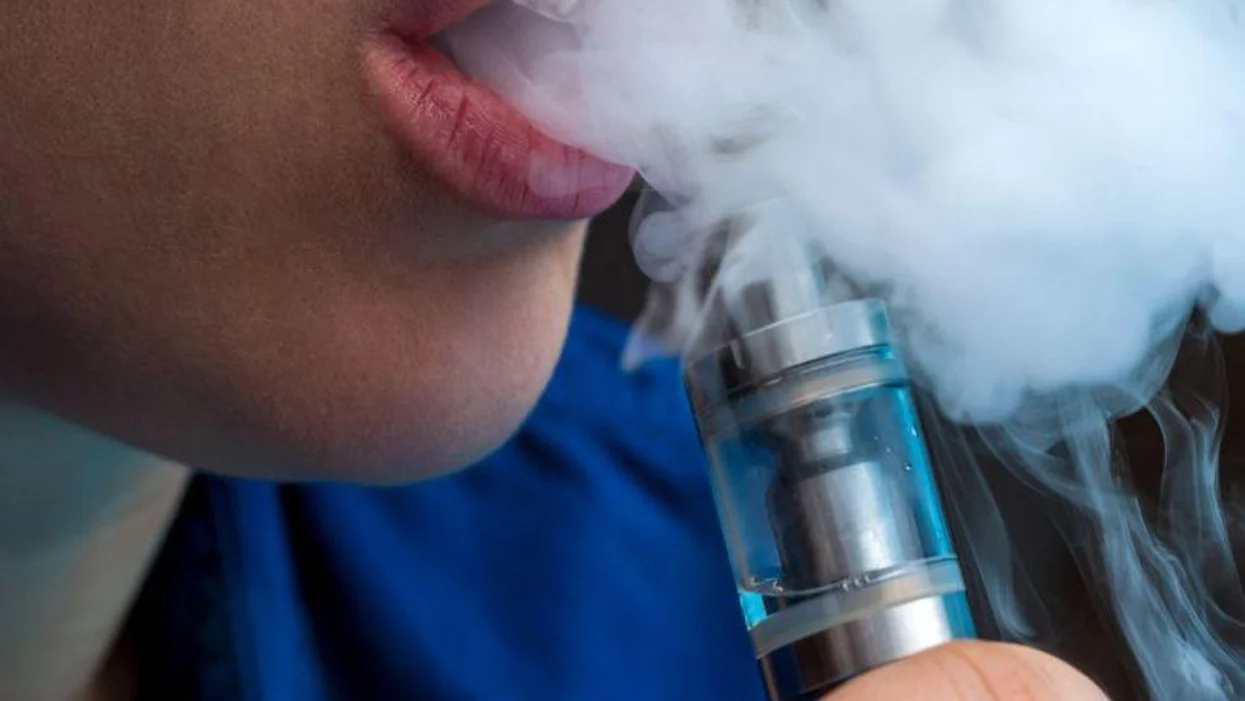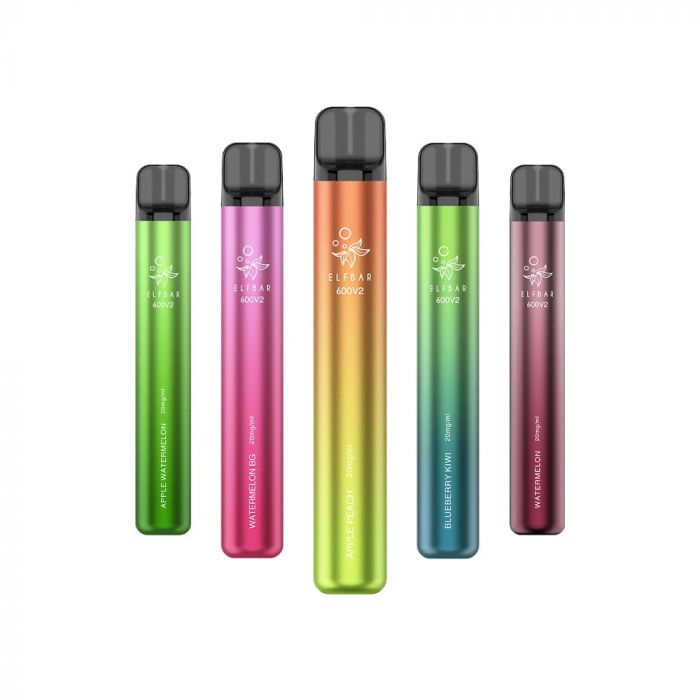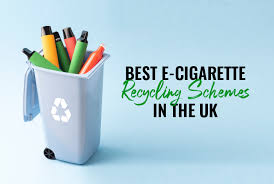Introduction
In recent years, there has been a growing concern about the use of flavored vape products among teenagers. To address this issue, many governments and regulatory bodies have imposed bans on flavored vapes, arguing that these products are a gateway to traditional cigarette smoking among adolescents. While the intention behind these bans is to protect the health of young individuals, there is a debate over whether such policies might have unintended consequences. In this blog post, we will explore how bans on flavored vapes could potentially increase teen smoking.
The Appeal of Flavored Vapes
Before delving into the potential effects of flavor vape bans, it’s crucial to understand why flavored vape products have become so popular among teenagers. Flavored vapes come in a wide variety of enticing flavors, from fruit and candy to dessert and beverage-inspired options. These flavors are often seen as more appealing and less harsh than the taste of traditional tobacco. As a result, they have gained popularity among young people, contributing to the overall increase in vaping among teens.
The Unintended Consequences
1. Transition to Traditional Cigarettes
One of the primary concerns regarding flavor vape bans is that they might drive some teenagers towards traditional cigarette smoking. When flavored vape options are no longer available, teens who were previously using flavored vapes may seek alternative sources of nicotine satisfaction. Traditional cigarettes, which have been proven to be far more harmful than vaping, could become an attractive option for these individuals.
2. Black Market and DIY Solutions
Another potential consequence of flavor vape bans is the emergence of a black market for flavored vape products. When legitimate, regulated products are banned, underground markets tend to fill the void. Teens might resort to purchasing unregulated and potentially dangerous vape products, increasing the risks associated with vaping. Additionally, some may attempt to create their own homemade vape liquids, which can be even riskier due to the lack of quality control and expertise.
3. Reduced Access to Harm Reduction
Flavored vapes have been considered by some as a harm reduction tool, allowing adult smokers to transition away from traditional cigarettes. When these products are banned, it not only affects teenagers but also adults who are seeking a less harmful alternative to smoking. Without access to flavored vapes, some adults may continue to smoke cigarettes, potentially harming their health in the process.
Finding a Balanced Approach
While the concerns surrounding flavored vapes and their appeal to teenagers are valid, an outright ban may not be the most effective solution. Instead, a more balanced approach could include:
- Stricter Age Verification: Enforcing stricter age verification measures at vape shops and online retailers to prevent underage individuals from purchasing vaping products.
- Public Awareness Campaigns: Launching public awareness campaigns that educate teenagers about the risks associated with vaping and the potential consequences of using these products.
- Flavor Restrictions: Implementing flavor restrictions that limit the availability of certain flavors deemed to be especially attractive to young people.
- Comprehensive Regulation: Implementing comprehensive regulations that ensure the safety and quality of vaping products, reducing the risks associated with using them.



